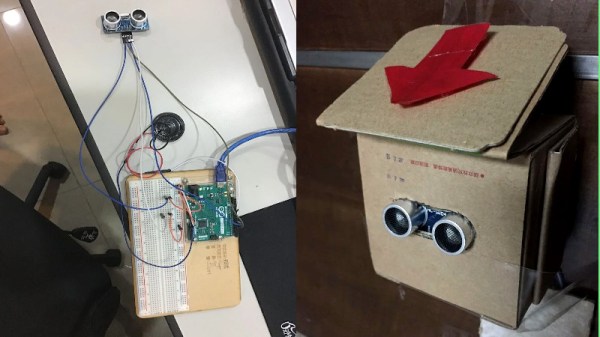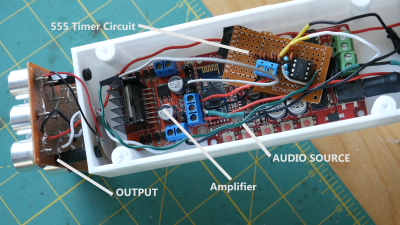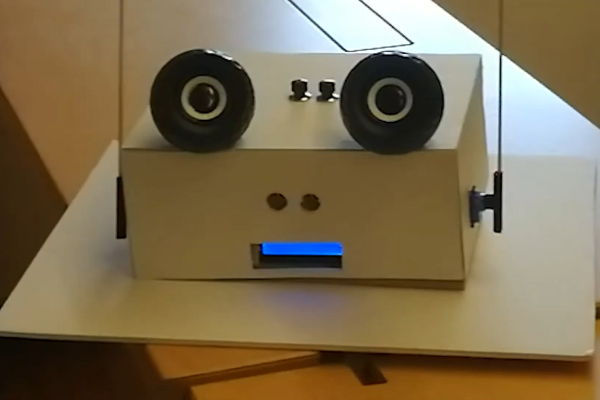It’s common knowledge that bats navigate and search for their prey using echolocation, but did you know that the ultrasonic chips made by different species of bats are distinct enough that they can be used for identification? [Tegwyn☠Twmffat] did, which is why he came up with this impressive device capable of cataloging the different bats flying around at night.
 Now this might seem like an odd gadget to have, but if you’re in the business of wildlife conservation, it’s not hard to imagine how this sort of capability might be useful. This device could be used to easily estimate the size and diversity of bat populations in a particular area. [Tegwyn☠Twmffat] also mentions that, at least in theory, the core concept should work with other types of noisy critters like rodents or dolphins.
Now this might seem like an odd gadget to have, but if you’re in the business of wildlife conservation, it’s not hard to imagine how this sort of capability might be useful. This device could be used to easily estimate the size and diversity of bat populations in a particular area. [Tegwyn☠Twmffat] also mentions that, at least in theory, the core concept should work with other types of noisy critters like rodents or dolphins.
Powered by the NVIDIA Jetson Nano, the unit listens with a high-end ultrasonic microphone for the telltale chirps of bats. These are then processed by the software and compared to a database of samples that [Tegwyn☠Twmffat] personally collected in local nature reserves. In the video after the break, you can also see how he uses a set of house keys jingling as a control to make sure the system is running properly.
As winner of the Train All the Things contest back in April, we’re eager to see how the Intelligent Wildlife Species Detector will fare as the competition heats up in the 2020 Hackaday Prize.
Continue reading “Identifying Creatures That Go Chirp In The Night”


















